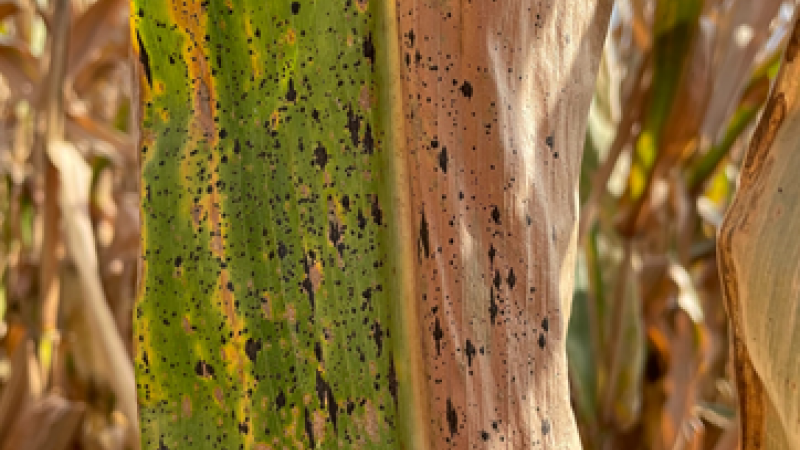High Rootworm Pressure This Season and Potentially Next - Why?
Corn rootworm is one of the pests that can cause significant yield loss for producers across the Hoegemeyer footprint. At the start of the season, our Eastern Product Agronomist, Eric Solberg, wrote an informative article discussing the background and management around corn rootworm, which you can read here.
Conditions that contributed to large rootworm populations last growing season:
1. A mild winter in 2019 lead to high survival rate of corn rootworm eggs.
Several factors contribute to survivability in the soil during winter months. Heavy field residues and snow help to insulate soils. These factors combined with warmer than normal winter temperatures caused the freeze line of soils to occur at shallower depths or not even reach lethal temperatures. A study that was performed to understand freezing temperatures effects on both western and northern corn rootworm found that northern corn rootworm survived around 1˚F and western corn rootworm was unable to survive and hatch at this temperature. Western corn rootworm still had around 40 percent of the population survive and hatch at 10˚F.
2. A dry 2020 spring lead to a higher survival rate of rootworm larvae.
Moisture can hinder or promote rootworm survivability. This previous spring had moisture conditions that were highly favorable for rootworm hatching and development early on. It has been noted that sandy course soils can scrape the cuticle of rootworm larvae and hinder populations, but under situations with irrigation this favors the growth of rootworms. Soils that are prone to water logging or high in clay also reduce rootworm populations.
Looking into the upcoming growing season, areas that had very high rootworm and beetle populations this past growing season will have a high number of eggs laid in those soils. A single corn rootworm female can lay over 1000 eggs. The Hoegemeyer footprint is also once again currently experiencing another mild winter. This upcoming growing season could once again witness a large population of corn rootworms if the mild winter continues and we see a similar spring to last growing season. So how do you combat it?
Corn rootworm (CRW) best management practices:
1. Assess your risk by scouting every field
First scout your fields with continuous corn-on-corn, or if you are in a region that has “rotation resistant variants” (extended diapause) and dig up roots to evaluate possible root feeding by CRW larvae. Scout your fields from silking through grain fill (typically July and August) to evaluate the adult CRW beetle population.
2. Take Action
To effectively manage corn rootworm, implement a multi-prong plan that includes a variety of tactics.
- Crop rotation. This is still the best first choice in managing CRW control and reduce count. If you are seeing high populations of beetles or experiencing problems, it is recommended to rotate to a non-host crop at least every 3rd year.
- Pyramided B.t. traits, such as Qrome. Make sure to use products with multiple CRW B.t. traits where low populations of CRW exist or where there is not a history of CRW problems.
- Soil, and/or foliar-applied insecticides. Soil-applied insecticides may be warranted based on individual field history and CRW beetle pressure. “Beetle Bomb” if CRW beetle populations reach an economic threshold for damage.
Assess your risk for corn rootworm starting with the 2020 beetle pressure, then implement a multi-pronged plan to make your 2021 corn crop a success. I highly recommend for corn on corn producers to plant a Hoegemeyer brand Qrome product in these fields to help with management, but it is important to remember that for corn traits to work feeding still must occur for proteins to build up in the rootworm’s gut. High populations of rootworms will still result in some feeding and root pruning issues even with triple stack protection, but far less injury than a double stack product would have.
If you have further questions about the Qrome lineup or management decisions around corn rootworm, reach out to your local Hoegemeyer DSM or agronomist.
Sources

